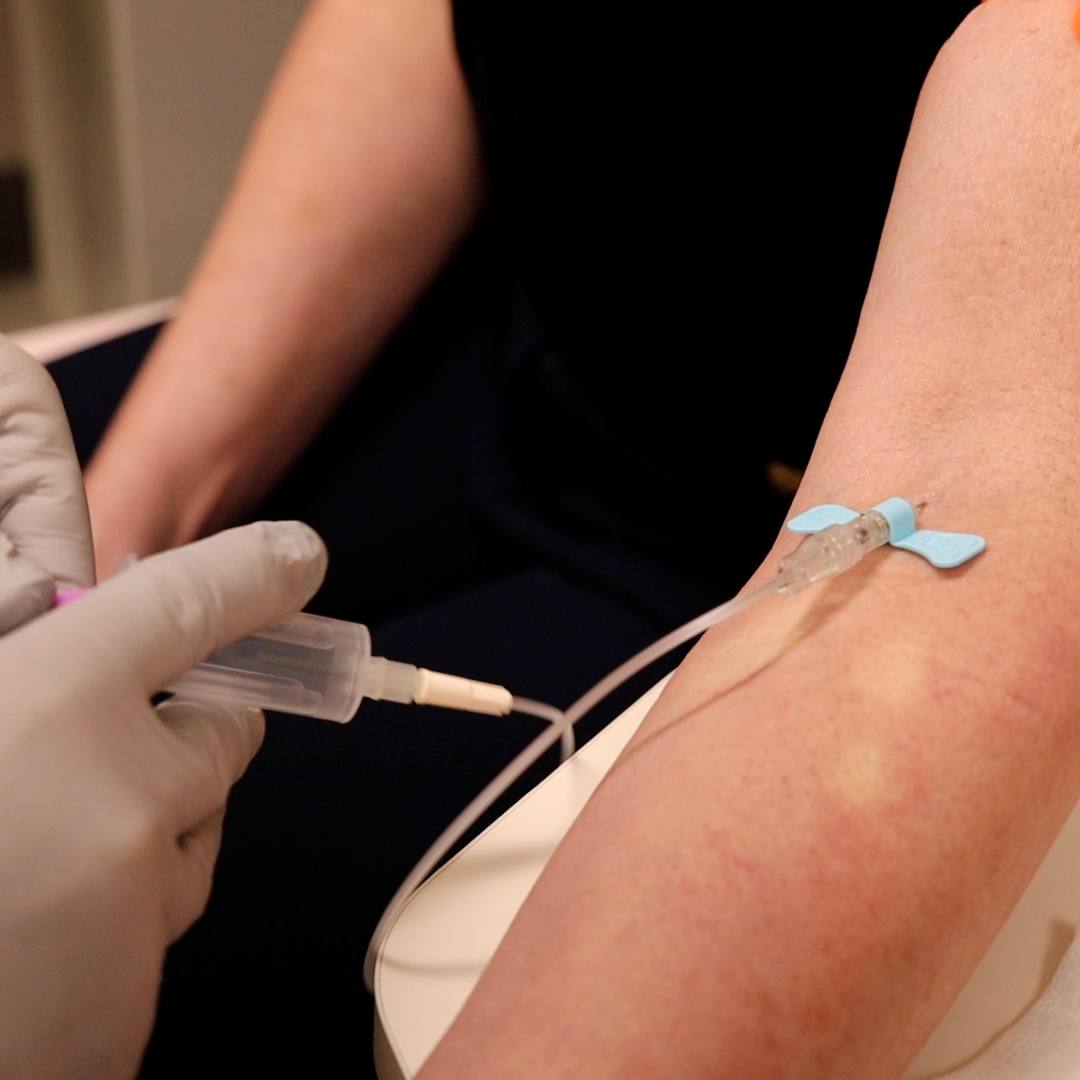-
Health & Wellness
Cataract Surgery is Possible for Most People Who’ve Had LASIK
Cataract Surgery is Possible for Most People Who've Had LASIK
December 16, 2011 Dear Mayo Clinic: Is it true that I cannot have cataract surgery because I once had LASIK? I am only 57 and am worried about losing my eyesight. Answer: No, that's not true. Successful cataract surgery is possible for most people who have had laser-assisted in-situ keratomileusis (LASIK surgery) or other types of refractive surgery that reshape the cornea to correct vision. There is one important caveat, though. To ensure the most predictable vision outcome following cataract surgery, you need to provide your cataract surgeon with specific information about your eyes and eyesight from before and after your LASIK surgery. To understand why cataract surgery is possible after you have had LASIK surgery, it is helpful to know some basics about the eye. LASIK surgery and some other procedures used to correct vision are performed on the cornea — the dome-shaped transparent tissue at the front of the eye. Think of the cornea as your eye's front window. During LASIK surgery, a laser is used to reshape the cornea so it will bend, or refract, light rays to focus more precisely on your retina — the light-sensitive membrane on the back inside wall of your eyeball — rather than at some point beyond or in front of your retina. The result is clearer vision. Cataract surgery, on the other hand, is performed on the natural lens inside your eye. The lens, where a cataract forms, is positioned just behind the colored part of your eye, called the iris. The lens focuses light that passes into your eye, producing clear, sharp images on the retina. Normally, the eye's lens is transparent and clear. When the lens becomes cloudy, it is called a cataract. Cataract surgery involves removing the clouded lens and replacing it with a plastic lens implant. The replacement lens sits in the same place as your natural lens and becomes part of your eye. The artificial lens placed during cataract surgery is designed to provide vision correction to replace eyeglasses as well as the removed cataract. For people who have not had LASIK or other types of corneal refractive surgery, vision correction with cataract surgery is usually straightforward, and the outcome is quite predictable. The surgeon takes measurements of the eye before surgery to help determine the correct lens power to implant. After cataract surgery, many people have clear distance vision without glasses, although most still need glasses for close-up work or reading. For people like you who have had LASIK surgery, providing the appropriate lens implant for cataract surgery takes additional calculations to determine the correct lens power. In addition to taking measurements of the eye, the surgeon also needs an accurate record of your prescription before and after LASIK surgery, as well as an accurate measurement of the curvature of your cornea before LASIK. The records from your LASIK surgery should contain this information. If you do not have your records, request them from the health care provider who performed your LASIK surgery. If you cannot obtain copies of your records, you can still have cataract surgery. The outcome for your vision correction, however, may not be as predictable as it would normally be following cataract surgery. For people whose vision following cataract surgery is not acceptable to them, additional LASIK surgery might be an option, though sometimes a follow-up procedure to replace the lens implanted during cataract surgery might be necessary. Because those records are so important, I strongly recommend that people who have LASIK surgery, or any other type of refractive surgery to correct their vision, request copies of all the information recorded by their eye care providers before and after the procedure. That way, it will be easily available if you need it in the future. — Sanjay Patel, M.D., Ophthalmology, Mayo Clinic, Rochester, Minn.Related Articles

Health & Wellness

Health & Wellness

Health & Wellness




